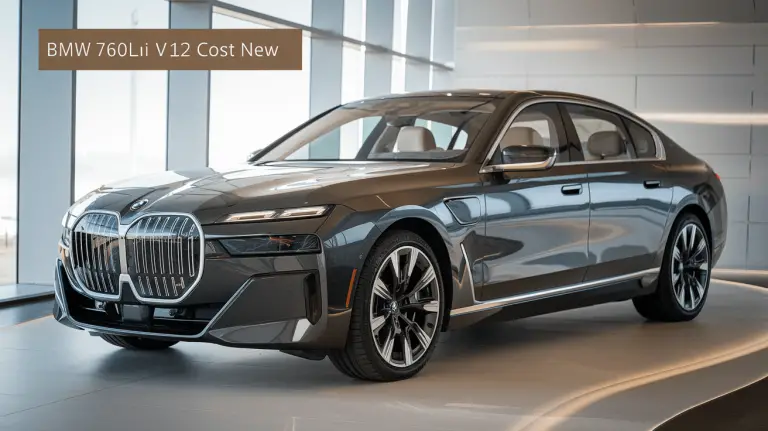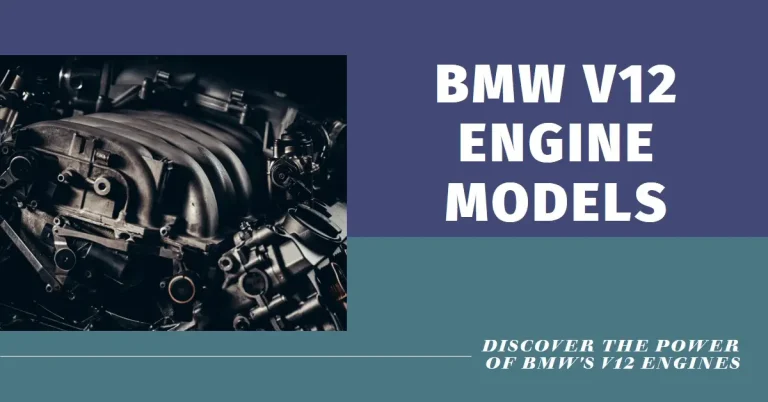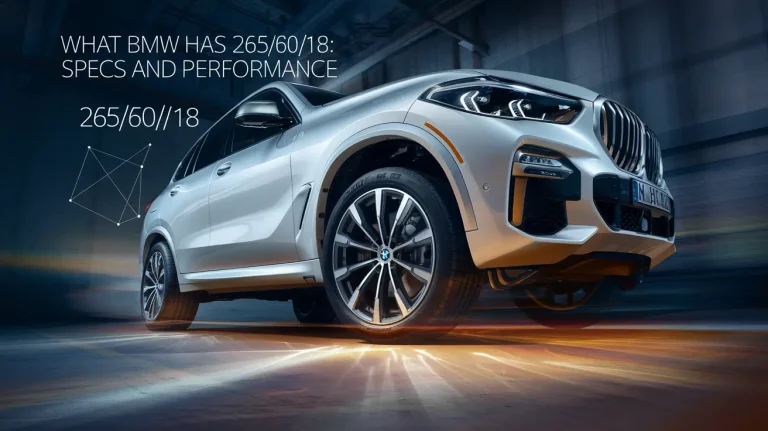Eco Pro BMW: The Ultimate Guide to BMW’s Fuel Efficient Technology
With rising fuel prices, fuel efficiency is top of mind for many BMW drivers. BMW’s Eco Pro mode is an innovative technology that aims to improve fuel efficiency across BMW models through various optimizations. But how exactly does Eco Pro work and what kind of fuel savings can you expect?
This in-depth guide will cover everything you need to know about BMW’s Eco Pro technology. We’ll look at how it functions, what models have it, how it affects performance and handling, real-world fuel economy improvements, and tips for maximizing its effectiveness.
Read on to become an expert on squeezing every last mile out of your BMW’s tank with Eco Pro mode.
How Does BMW Eco Pro Work?
BMW’s Eco Pro technology works through several mechanisms to optimize different components of the vehicle for improved fuel efficiency:
Powertrain Optimizations
The core of the Eco Pro system focuses on optimizing the powertrain, including the engine and transmission. Here’s how it works:
- Earlier upshifts: The transmission is programmed to upshift earlier to keep the engine spinning at lower rpms as often as possible. This reduces engine load and friction losses.
- Coasting/Deceleration fuel cutoff: When the driver lifts off the accelerator, Eco Pro prolongs coasting by delaying downshifts and keeps the engine disengaged from the transmission through deceleration fuel cutoff to reduce fuel use.
- Reduced throttle response: Throttle mapping is tweaked to soften accelerator pedal input for smoother and slower power delivery. This helps prevent aggressive acceleration and unnecessary fuel burn.
- Auto Start-Stop technology: The engine automatically shuts off when braking to a stop and seamlessly restarts when the brake is released to save fuel during idling.
ECO PRO Mode Driving Dynamics
In addition to powertrain optimizations, BMW has fine-tuned the driving dynamics in Eco Pro mode to further enhance efficiency:
- Later shift points: Shift points are delayed to keep rpm lower and prevent frequent gear changes between acceleration and cruising.
- Optimized ignition and injection timing: Precise control over timing of the spark plug ignition and fuel injection maximizes efficiency.
- Lower VMAX: The maximum speed the vehicle can travel is reduced to decrease aerodynamic drag at high speeds.
- Air conditioning control: Eco Pro regulates the air conditioning system to reduce power drain under acceleration and cruising.
What Models Have Eco Pro?
BMW has expanded availability of its Eco Pro efficiency technology across models over the years:
- 3 Series: Available on all models since the F30 generation (2012-2019).
- 5 Series: Added Eco Pro starting with the F10 generation (2010-2017).
- 7 Series: Integrated into all models beginning with the G11/G12 generation (2015-2022).
- X3, X4, X5: Mid-size BMW SUVs have offered Eco Pro since the F25 (X3), F26 (X4), and F15 (X5) generations.
- X6, X7: BMW’s larger Sports Activity Coupes and SUVs have Eco Pro standard.
- 2 Series Active Tourer: BMW’s only front-wheel drive model also comes equipped with the fuel saving tech.
- iPerformance electrified models: Part of BMW’s EfficientDynamics strategy, Eco Pro is available on plug-in hybrids and electric models like the 330e, 530e, and i3.
If you’re considering a newer BMW model, odds are Eco Pro will be included to help maximize real-world fuel economy.
How Does Eco Pro Affect Performance and Handling?
While Eco Pro aims to improve efficiency, it does result in some performance tradeoffs:
- Slower acceleration: Due to earlier upshifts, delayed downshifts, and reduced throttle response, acceleration from 0-60 mph is noticeably slower in Eco Pro by around 0.5 seconds on most models.
- Lower top speed: BMW limits the top speed to anywhere from 75-130 mph depending on the model while Eco Pro is active.
- Less aggressive throttle: The dampened throttle response gives a more sedate feeling compared to the snappier throttle in Sport or Comfort modes.
- Delayed gear changes: Eco Pro prioritizes keeping rpm low, so shifts happen at slightly higher rpm compared to other modes.
However, Eco Pro’s impact on handling is minimal, so the acclaimed BMW driving dynamics remain intact:
- Neutral steering and chassis: Steering feel and chassis behavior is unchanged compared to other modes. Handling precision is maintained.
- Comfortable suspension: The suspension is not made overly soft or floaty in Eco Pro. Damping remains well controlled.
- Braking performance: Brake feel and stopping power is the same as other modes. BMW’s safety is never compromised.
So while acceleration suffers slightly, Eco Pro does not radically transform the way a BMW drives. Handling, braking, steering feedback and overall dynamics stay true to BMW’s core driving characteristics.
Real-World Fuel Economy Improvements
Exactly how much better is fuel economy with Eco Pro in day-to-day driving? Here are some examples:
- BMW 320i sedan: Improved from 29 mpg city/39 mpg highway to 32 mpg city/43 mpg highway (10% boost).
- BMW X3 xDrive30i: Saw a rise from 21 mpg city/28 mpg highway to 24 mpg city/31 mpg highway (12% increase).
- BMW 750i sedan: Went from 17 mpg city/25 mpg highway up to 19 mpg city/28 mpg highway (11% gain).
Several factors influence potential fuel savings:
- Driving style: Aggressive acceleration and high speeds minimize Eco Pro benefits. Smooth driving maximizes them.
- Vehicle maintenance: Poor maintenance like low tire pressure or dirty air filters negatively impact efficiency.
- Traffic conditions: Stop-and-go traffic prevents Eco Pro from fully optimizing cruising fuel economy.
- Short trips: The technology needs longer drives to realize full fuel savings potential.
Under ideal conditions, owners can expect fuel economy improvements of 10-15% in the real world when using Eco Pro mode smartly.
Tips for Maximizing Eco Pro Efficiency
Follow these tips to get the most from BMW’s Eco Pro technology:
- Activate Eco Pro for all city and highway driving. The default mode for maximum efficiency.
- Drive smoothly with gradual acceleration and deceleration. Avoid aggressive throttle input.
- Properly inflate tires to recommended pressures to reduce rolling resistance.
- Stick to posted speed limits. Exceeding 75 mph rapidly decreases Eco Pro benefits.
- Plan routes to avoid excessive stop-and-go traffic which leads to fuel waste through repeated acceleration.
- Give your BMW regular maintenance including new air filters, spark plugs, clean fuel injectors, etc.
- Limit cargo weight and remove roof racks or boxes to decrease aerodynamic drag and efficiency losses.
- Shut off A/C and roll down windows when possible to cut power drain from climate control.
Following Eco Pro’s operation strategy in your own driving style is key. Let the transmission shift early and often, allow the vehicle to coast, and avoid aggressive starts and stops. Your fuel tank will thank you.
Conclusion
BMW’s Eco Pro technology offers an intelligent way to improve fuel efficiency across BMW models ranging from 10-15% in real-world driving. By optimizing the engine, transmission, and suspension, drivers can tap into enhanced fuel savings without sacrificing BMW’s famous driving dynamics.
Following the tips outlined, any BMW owner can take full advantage of the Eco Pro system’s potential fuel savings. For BMW drivers looking to get the most from every tank, Eco Pro mode is an essential tool to maximize efficiency and combat rising fuel costs.







